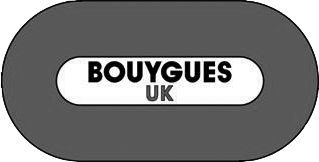The History of Helical Piles
April 18, 2017 7:30 amOriginating in the 1830s, helical pile elements were used effectively around the globe to bear a range of major civil engineering structures. They were invented and first used by a blind, Irish engineer named Alexander Mitchell, who recognised how effective they were at constructing lighthouses, beacons, ship moorings and other structures that sit on mud banks and shifting sands. The helix shaped blades were able to infiltrate bedrock deep below loose soil.
Some of the first structures to be built using helical piles are still standing, demonstrating the effectiveness of the materials and workmanship involved. There were many benefits to using helical piles; they were readily available and fairly simple to install with hand labour, they were environmentally friendly and excellent value for money. These advantages remain the same in modern day, proving that a truly good idea never goes out of style.
In the years following their invention, helical piles were not considered a noteworthy engineering achievement; however, they were a distinguished type of foundation across the world and given less credit than they deserved. In fact, they were arguably the most significant foundational development of the nineteenth century.
Helical piles were initially made from cast and wrought iron, which were both in ample supply at the time; however, nowadays they are made from recyclable steel and various other materials.
The decrease in their popularity was most likely the result of the mechanisation of the building industry as well as the development of alternative options. Over the years, with increased research and technology, they have been greatly enhanced, resulting in an effective and popular foundation for construction.
Categorised in: Uncategorized




















